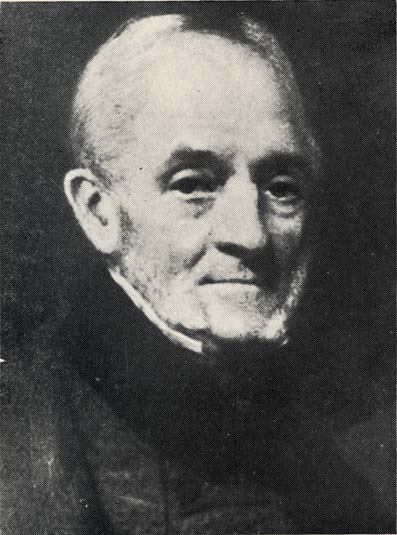George William Featherstonhaugh was born April 9, 1780, in London, England. He was a graduate of Oxford University and a fellow of the Geological Society and of the Royal Society of London.
It was in 1806 that he came to the United States for travel and two years later married Sarah Duane, daughter of James Duane, in St. George's Church, Schenectady.
In the following spring on a large tract of land in Duanesburg he built a substantial house of an English country style in which he lived until it was destroyed by fire in 1828. Here he carried on an extensive experimental farm and finally organized for the state of New York its first Board of Agriculture.
From 1812 to 1829 he advocated the building of steam railroads in the United States and organized and obtained the charter in 1826 for the construction of the Mohawk and Hudson Railway Company, the first steam railway for passengers in the United States.
Featherstonhaugh returned to England in 1826 in the interests of the railroad. The year 1830 saw him lecturing in this country on geology and in 1834 he was acting as the first United States Geologist. By appointment of the War Department he made a geological survey of the western country and the publication of his report was authorized by the Congress.
He returned to England again in 1838 to lay his views of the disputed boundary line between Canada and Maine before the British government and was appointed commissioner for Great Britain to survey and define the disputed boundary.
In 1845 he was appointed consul for the British government with residence at Havre, France. He published several volumes on his travels and translations from Italian literature.
Three years later he successfully effected the escape of Louis Philippe, King of France, and his Queen from French revolutionists.
Featherstonhaugh died in 1866 at Havre and is buried at Tunbridge Wells, England.
